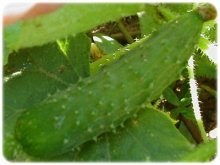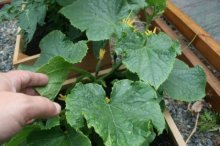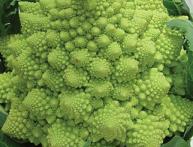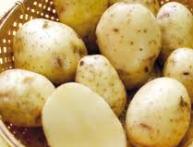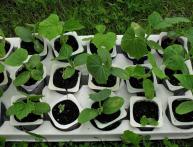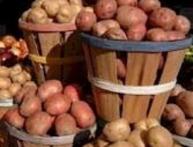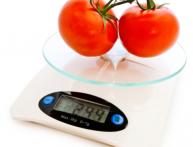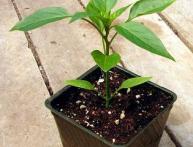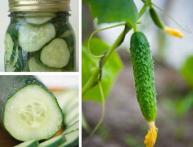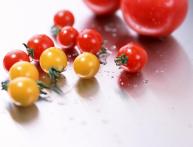How to shape cucumbers and get excellent yields
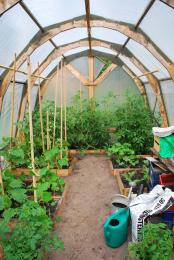
Experienced and novice gardeners love to grow cucumbers, but alas, it is not always possible to achieve good results and get a rich harvest - the plant requires knowledge of some secrets of proper care. Tying and shaping cucumbers are very effective methods of care, allowing you to significantly save space and improve the illumination of the stems. These methods are used when growing cucumbers in greenhouses or in open ground on trellises.
Content:
- how to shape cucumbers
- cucumber garter
- basic techniques for forming cucumbers of different varieties
- when the bush begins to form
- how to care for varieties with strong shoot-productive ability and determinant.
How to shape cucumbers correctly
Growing cucumbers in greenhouses or greenhouses requires a fairly deep knowledge of agronomy and biology. The fact is that when growing a plant in closed ground conditions, the formation of female flowers is activated with an increase in the branching of shoots; male flowers are usually located on the main stem. Pinching helps in resolving the issue - an agrotechnical technique for the correct formation of a bush and increasing the volume of the harvest. This method is applicable to most varieties. In open ground conditions, pinching will not be so effective: the formation of female and male flowers occurs simultaneously on the first order shoots and on the central shoot.
Garter of cucumbers
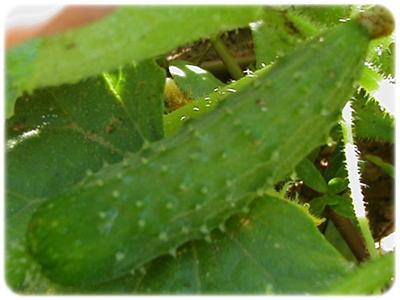
The stems of a plant grown indoors need to be tied up. Trellis are used as support; they are installed before planting. They are placed in the direction of the rows, their height should be from 1.5 to 2 m. About a week after planting, twine is tied above each bush, its lower edge is strengthened with a loop between the second and third leaves, the height from the soil is approximately 10-15 cm. It is not recommended to tighten the twine too much - excessive tension can cause damage to the stems; safety allowance should be given in any case. Growing plants are guided along this vertical trellis.
This work requires a responsible approach; carrying it out later can lead to delayed development, a decrease in leaf size, and a decrease in yield. The loop around the stem must have some reserve; if the loops are tight, the twine will be tightened, squeezing the stem and impairing nutrition.
Basic techniques for forming cucumbers of different varieties
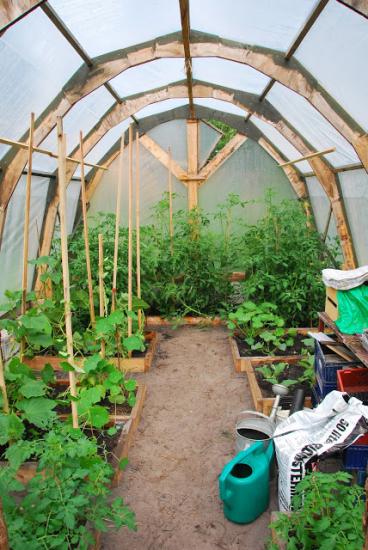
Only by knowing how to shape cucumbers of different varieties can you achieve the desired growth and active fruiting. In this case, it is necessary to take into account the characteristics of each of the cultivated varieties. When forming hybrids and bee-pollinated small-fruited varieties, the plant is led along a vertical trellis into one stem. The main stem is pinched when it reaches the top of the trellis, the side shoots and flowers in the axils of the first 3 leaves are removed, the remaining shoots are pinched above the 3rd leaf.
The formation of long-fruited varieties and hybrids involves the removal of all female flowers and lateral shoots in the axils of the first three leaves.The main stem is pinched at the level of 3-4 leaves located above the wire; the shoots that appear in the axils of the upper leaves are left (two or three), lowered down, and pinched at a height of 1 meter.
When does the bush begin to form?
Now we know how to shape cucumbers, but the question is: when exactly should you do the pinching? The most suitable time for this is when 8-9 true leaves appear. The side branches at the bottom of the plant are plucked completely, those that grow higher are plucked into one cucumber and one leaf. The last shoots before the wire should be pinched into 2-3 leaves. Once the plant has reached the trellis wire, it is pinched, twisted around the wire and tied up. #uhod
How to care for varieties with a strong tendency to form shoots and determinate
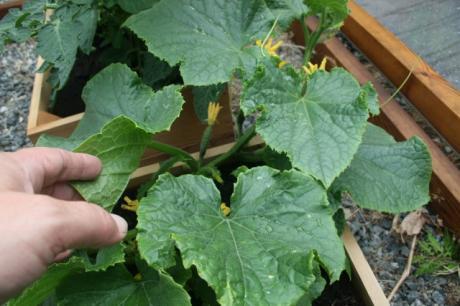
Varieties with strong or medium shoot formation and growth are also suitable for growing in greenhouses. Naturally, representatives of the first group will require a lot of time for care, increased attention, and a thorough knowledge of the formation scheme. Today, growing such varieties does not seem feasible.
The second group is hybrids with moderate shoot growth. The second group includes cucumbers with an average or moderate tendency to form shoots. Among them, three types of self-regulation of branching are distinguished:
- the first - with high shoot productivity,
- a distinctive feature of the second type is weak branching of the main stem with active growth of the apical bud,
- the third has a determinant nature of shoot growth.
In a conversation about how to shape cucumbers, you should also remember the need to remove side shoots on which fruiting has already ended, and dying shoots. You should also remove all yellowed leaves from the bushes.


